Why are migrants dying trying to cross into the US? These are the 3 main risks they face
Published in Political News
President Donald Trump closed much of the activity at the U.S.-Mexico border in January 2025, making it impossible for migrants who arrive at a U.S. port of entry to apply for asylum. Trump’s border policies are likely to make it far more difficult and dangerous for migrants trying to reach the U.S. – but won’t deter all people who want to cross the U.S.-Mexico border without legal authorization.
The number of migrants crossing from Mexico into the U.S. without legal authorization dropped dramatically in 2024. But for a long time, crossing the U.S.-Mexico border by land has been the world’s deadliest migration route.
U.S. Customs and Border Protection recovered the remains of 10,784 migrants from 1988 through 2024.
This figure is an estimate of the total number of migrants who have died trying to cross from Mexico into the U.S. – there is no centralized system or organization that tracks migrant deaths, or any federal laws guiding authorities on how to manage the remains of migrants.
Many other dead migrants are also never found.
I am a professor of anthropology and have spent the past several years trying to understand how and why migrants die trying to enter the U.S.
Stranded migrants who are now staying in Mexican border towns and others with plans to still try to illegally cross into the U.S. might pursue increasingly dangerous ways to enter the country.
Research shows that there are three main reasons why migrants die trying to reach the U.S. from Mexico. First, migrants are often exposed to extreme weather conditions. Second, they drown in rivers or other bodies of water. Third, they could also experience blunt force trauma because of falls or motor vehicle accidents.
Migrants coming from Central and South America often travel to the U.S. in groups, typically with the help of a guide, called a coyote, they pay to help them.
They may spend days or weeks walking through remote areas without access to shelter or fresh food and clean water. They might sleep outdoors in very cold weather and walk during extreme heat. This can cause hypothermia or hyperthermia.
One of those remote areas is the Sonoran Desert, which spans the southwest U.S. into northwest Mexico. It is divided by the U.S.-Mexico border and is one of the hottest places on Earth. Ambient temperatures can soar to or above 118 degrees Fahrenheit, or 48 degrees Celsius.
As part of the strategy to stop migrants from coming to the U.S., Customs and Border Protection does not place many officers in the depths of the desert along the border. The government’s 1994 migration “prevention through deterrence” strategy explains that because the desert itself poses mortal danger to individuals, it is unnecessary to guard the land.
With border barriers, video surveillance, bright lights and many patrol agents closer to more populated areas along the U.S.-Mexico border, migrants can view the desert as a viable alternative for entering the U.S. Deterrent practices have been found to not stop migrants from trying to enter the U.S., but they do increase the number of migrants who die trying to do so.
Even migrants who are near help or are rescued from the desert may not recover from exposure to extreme temperatures. In 2023, for example, a 9-year-old migrant boy died from organ failure after authorities found him along the Arizona border.
Drowning is another leading cause of death for migrants trying to reach the U.S.
In California, for example, the 82-mile-long All-American Canal runs parallel to the U.S.-Mexico border. Although the canal doesn’t look particularly dangerous, it is deep, cold, fast-moving and has steep concrete edges that are difficult to scale. Migrants might not be able to swim, or others, particularly women and children, are not strong enough to withstand the force of the currents.
Areas of the Rio Grande, a river that divides the U.S. and Mexico in some areas of Texas, have become hot spots for migrant drownings. Approximately 1,107 migrants died trying to cross this river between 2017 to 2023. The river is fast and deep and is filled with rocks and heavy vegetation that make crossing difficult.
Additionally, in an effort to further deter migrant crossing at Eagle Pass, an area of the Rio Grande, the Texas National Guard installed more than 100 miles of razor wire along the river’s banks in 2024. They set up a large string of oversized orange buoys in the water, creating what the federal government called a navigation obstruction for migrants.
These tactics have sparked larger debates on how to handle migration, and which government agency is responsible for preventing people from crossing into the country, or apprehending them when they do so.
In 2024, a Mexican woman and her two children tried to cross the Rio Grande but struggled to do so. As Customs and Border Protection agents prepared to rescue the distressed and drowning individuals, the Texas National Guard prevented rescue attempts. The family died from drowning, and their bodies were later recovered.
Another leading cause of death of migrants is falling from heights or experiencing car accidents.
At the California border region alone, approximately 20% of migrant deaths were due to blunt force trauma between 2018 through 2023. This rate rose after the 2020 expansion of the border wall, which now spans 741 miles of the U.S.-Mexico border. In total, the border is nearly 2,000 miles.
In one incident in Texas in 2020, a pregnant 19-year-old Guatemalan woman died after falling from the border wall, which ranges from 18 to 30 feet. Medical authorities were unable to save the fetus.
In Texas, between 2021 and 2023, high-speed chases by immigration officials led to the deaths of 74 people. Some individuals were ejected from moving vehicles, while others were hit by fast-moving vehicles. Another particularly deadly accident occurred in 2021 in Holtville, California, when an SUV transporting 25 migrants collided with a semitruck. Thirteen migrants were killed.
For more than 30 years, the U.S. government has tried to prevent migrants from reaching the U.S. through different strategies, like deploying Border Patrol agents or building walls.
There are many practical and policy-based interventions that would make it safer for migrants to cross through the U.S. and Mexico deserts. For example, water stations along known migration routes of the desert save lives.
Regardless of how the Trump administration tries to stop migrants from reaching the U.S., people will likely still try to come and embark on unsafe journeys to do so – and I will continue to track their experiences and deaths.
This article is republished from The Conversation, a nonprofit, independent news organization bringing you facts and trustworthy analysis to help you make sense of our complex world. It was written by: Marni LaFleur, University of San Diego
Read more:
Nearly 54% of extreme conservatives say the federal government should use violence to stop illegal immigration
Who are immigrants to the US, where do they come from and where do they live?
Trump’s idea to use military to deport over 10 million migrants faces legal, constitutional and practical hurdles
Marni LaFleur received funding from the National Science Foundation. I am the founder and director of a California registered 501 (c)(3) called Lemur Love (EIN 48-1174852).

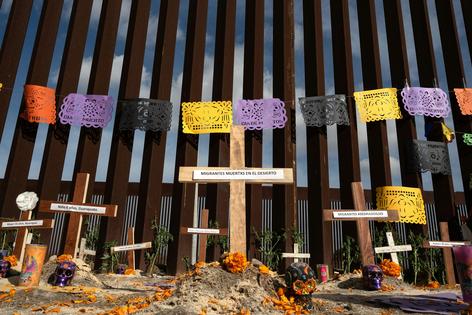
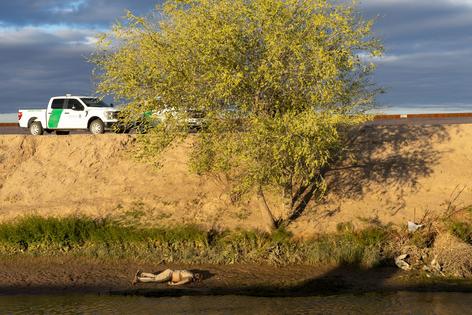
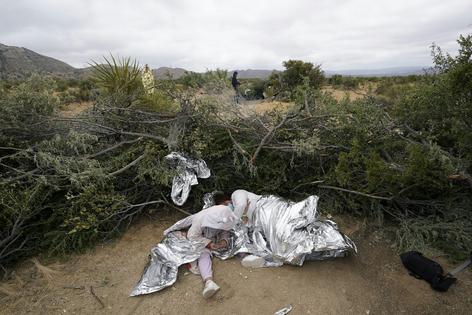









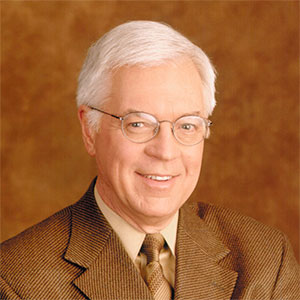

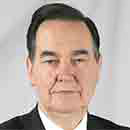












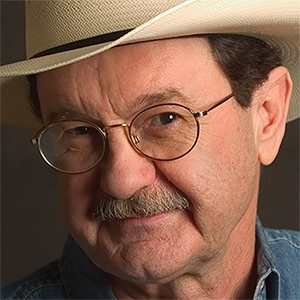



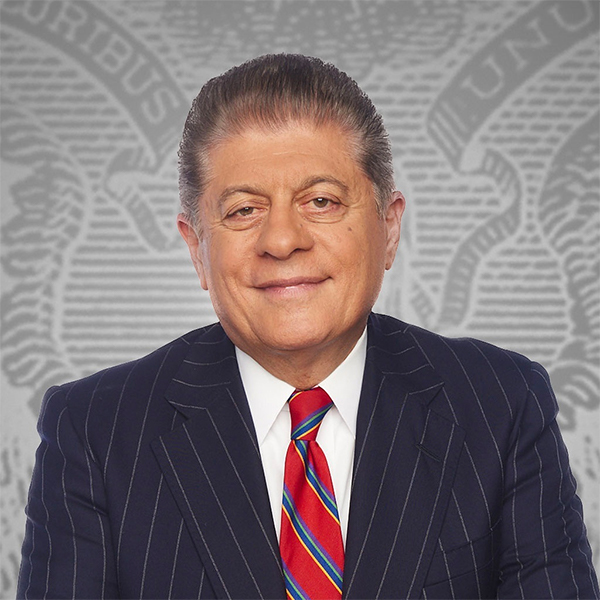



























Comments